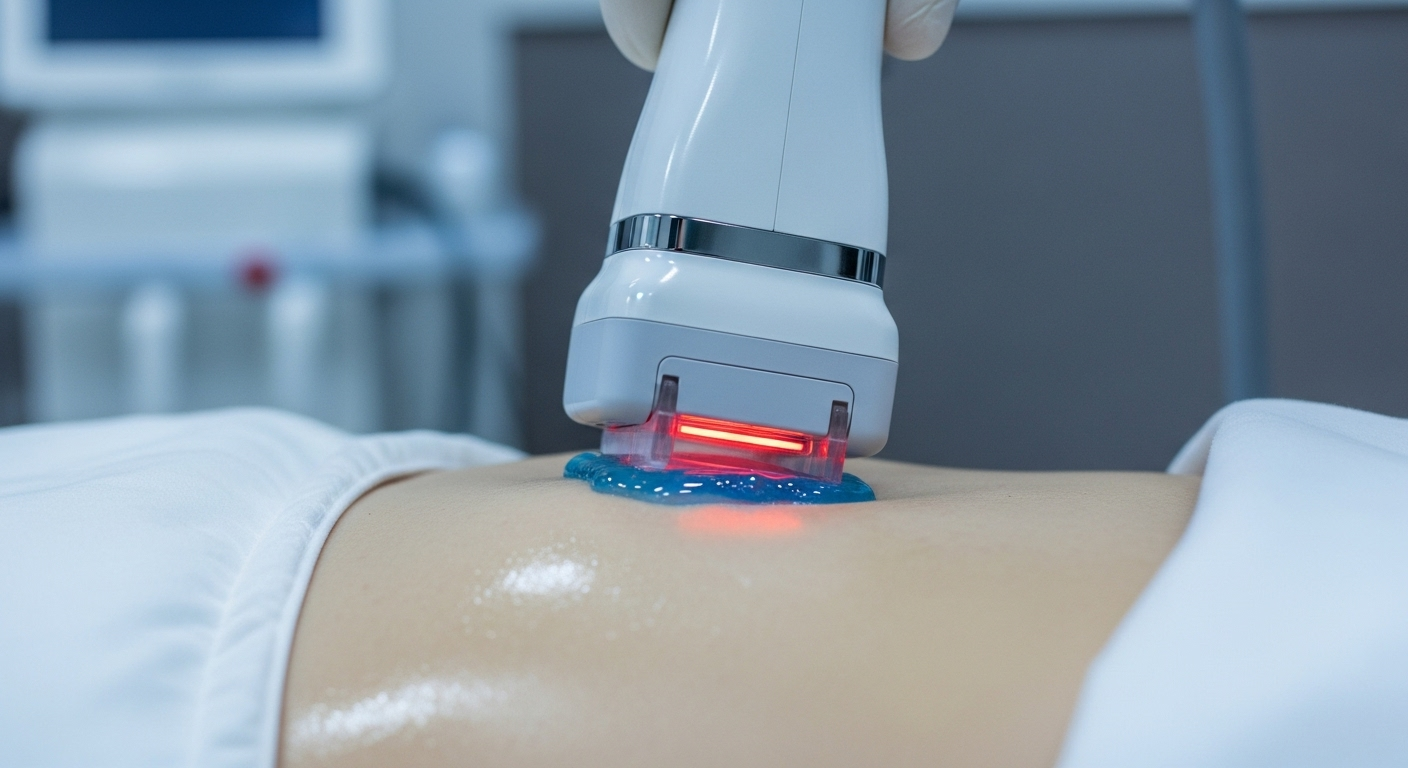Laser Hair Removal Guide: Smooth, Lasting Hair Reduction
Explore how laser hair removal provides a long-term alternative to shaving, waxing, and plucking. This comprehensive guide explains how laser treatments destroy hair follicles, which body areas can be treated, expected results, typical session schedules, potential side effects, and what to expect before, during, and after appointments. Learn whether laser hair removal is right for your skin and hair type and how to prepare for the best results.

Laser hair removal has become a go-to solution for people seeking significant, long-term reduction of unwanted hair. Using focused light energy, lasers damage hair follicles to slow or stop hair growth over time. Below is a detailed look at what areas can be treated, the benefits, discomfort level, treatment frequency, what happens during a session, possible side effects, and practical tips for making an informed choice.
Areas That Can Be Treated
One of the biggest advantages of laser hair removal is its adaptability. It can be used on almost any part of the body where you want to reduce hair, including:
- Face (upper lip, chin, sideburns)
- Underarms
- Legs
- Bikini area
- Back
- Chest
- Arms
Treating broader zones like legs or back in a single visit makes laser an efficient option for people who want larger coverage without frequent maintenance.
Benefits of Choosing Laser Hair Removal
Compared with shaving, waxing, or tweezing, laser hair removal offers several clear benefits:
- Long-lasting reduction: While not an absolute permanent solution for everyone, laser treatment commonly results in significantly reduced hair growth that can last months to years.
- Precision: Lasers can selectively target thicker, darker hairs while preserving the surrounding skin.
- Speed: Individual laser pulses are very fast, and multiple hairs can be treated with each pulse, so small areas take only minutes and larger areas can be finished in an hour or so.
- Cost efficiency over time: Although the upfront cost is higher than a razor or wax appointment, fewer ongoing expenses for disposables or repeated salon visits can make laser more economical in the long term.
- Fewer ingrown hairs: Many patients see a reduction in unpleasant ingrown hairs that are common with shaving or waxing.
Does It Hurt?
Pain perception varies between individuals and body areas. Many people liken the feeling to a quick snap of a rubber band or a warm pinprick on the skin. Modern laser systems often include integrated cooling features to reduce discomfort, and topical numbing creams can be applied beforehand if needed. As hair becomes sparser and finer over successive sessions, most patients report reduced sensitivity.
How Many Sessions Will You Need?
Laser treatment targets hairs during their active growth phase, so multiple sessions are required to catch follicles as they cycle. A common recommendation is 6 to 8 sessions spaced about 4 to 6 weeks apart, though the exact number depends on factors such as hair color, thickness, skin tone, and the area treated. Some people may need occasional maintenance treatments months or years later to manage new growth.
What Happens During a Treatment
You will be provided with protective eyewear to shield your eyes from the laser light. The technician adjusts settings to match your skin tone and hair type. A handheld device delivers the laser pulses across the targeted area, and you may feel warmth or brief stinging sensations as the light is absorbed by the hair follicles.
| Step | Description | Duration |
|---|---|---|
| Preparation | Cleanse the area and apply numbing cream if desired | 15–30 minutes |
| Treatment | Laser pulses delivered to hair-bearing skin | 15 minutes to 1 hour, depending on area size |
| Post-treatment care | Soothe the skin with gel or lotion and review aftercare instructions | 10–15 minutes |
Prices, rates, or cost estimates mentioned in this article are based on the latest available information but may change over time. Independent research is advised before making financial decisions.
Aftercare and Recovery
Following treatment, you might experience temporary redness or mild swelling similar to a sunburn. Cooling packs, gentle lotions, and avoiding sun exposure will help the skin heal. Technicians typically advise against hot baths, saunas, harsh exfoliation, or direct sun for a few days after treatment. Sunscreen is important to minimize pigmentation changes, especially on lighter or tanned skin.
Possible Risks and Side Effects
When performed by trained professionals, laser hair removal is generally safe, but there are some potential issues to be aware of:
- Temporary redness and swelling at the treatment site
- Minor changes in skin pigmentation (usually temporary)
- Rarely, blistering, scarring, or texture changes
Choosing an experienced, certified provider and following pre- and post-treatment instructions will reduce the chance of complications. Discuss any medications, previous skin treatments, or medical conditions with your practitioner ahead of time.
Is Laser Hair Removal Right for You?
Laser technology works best on darker hair and lighter skin, though newer laser types can treat a wider range of skin tones and hair colors. A consultation with a licensed clinician can help determine the most appropriate laser device, expected outcomes, number of sessions, and any special precautions based on your skin and hair characteristics.
Final Thoughts
Laser hair removal is a well-established cosmetic procedure that can provide significant, long-term reduction of unwanted hair. It is precise, often cost-effective over time, and suitable for many parts of the body. Because results depend on individual factors and multiple sessions are usually required, an informed consultation with a qualified practitioner is the best way to assess whether laser treatment matches your goals.
This article is for informational purposes only and should not be considered medical advice. Please consult a qualified healthcare professional for personalized guidance and treatment.






